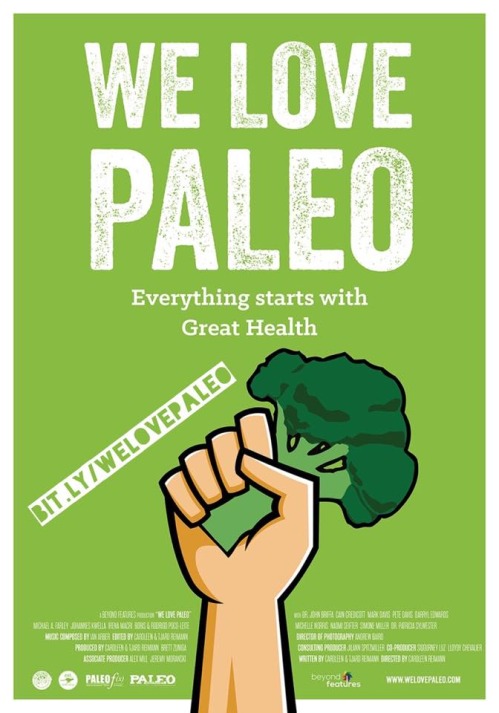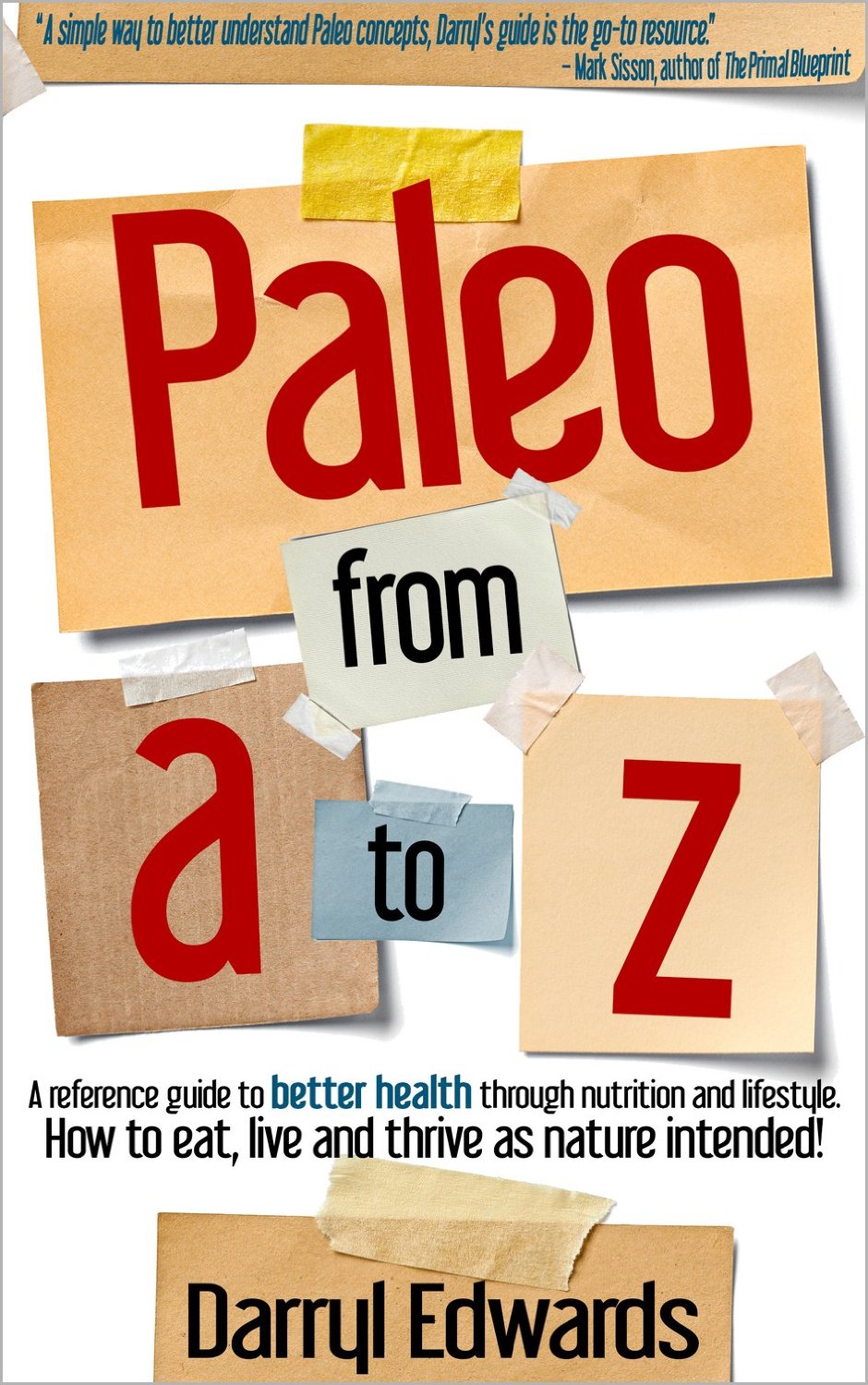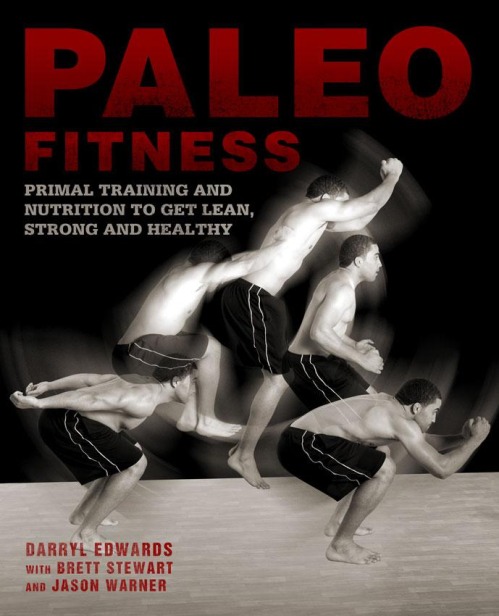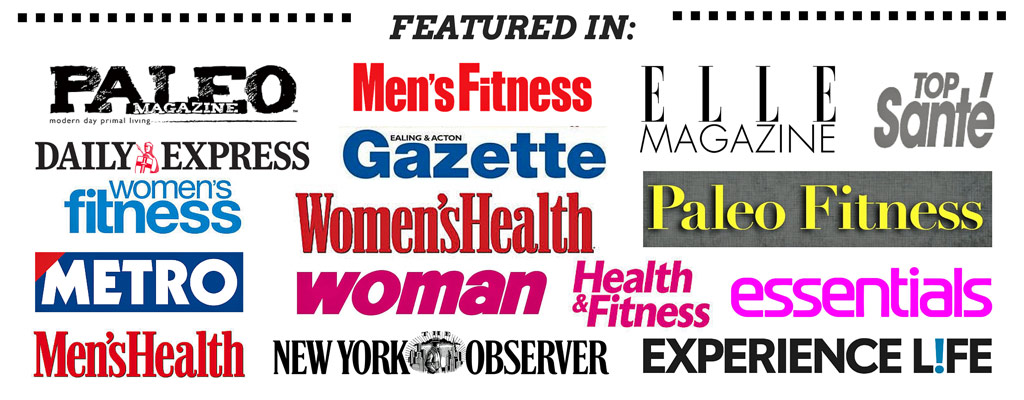Nutrition: Is a Fruit Smoothie Better Than a Can of Coke?
 Wednesday, November 7, 2012 at 20:07 | by
Wednesday, November 7, 2012 at 20:07 | by  Darryl Edwards
Darryl Edwards 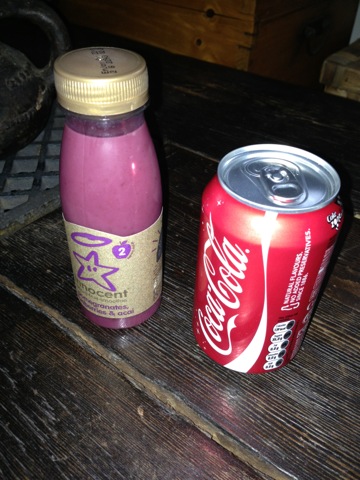
Innocent Smoothies are a very large and successful brand in Europe selling smoothies, juices and vegetable soups.
There are a remarkable amount of similarites between both of the above products. Both of these drinks were launched and marketed as health drinks.
Coca-Cola was first sold at a Pharmacy in Atlanta in 1886 as a medicine marketed as a cure for many diseases such as dyspepsia and impotence.
In 2007 the UK Advertising Standards Authority and new European laws meant that the Innocent Smoothie company had to substantiate their products "superfood" and "healthy" claims with medical evidence. The products were relabeled based on a lack of justification for these claims.
A couple of other points:
Coca-Cola owns 60% of Innocent Smoothies;
The most interesting fact however is that gram for gram, ounce for ounce this smoothie contains 34% more sugar than in the can of Coca-Cola. 10.2g per 100ml for Coca-Cola and 13.7g per 100ml for the smoothie. That's around 9 teaspoons of sugar in the smoothie as opposed to 6.5 teaspoons in the can of Coke.
Don't get me wrong. In terms of overall nutritional comparison the smoothie is a healthier alternative to the Coke. The smoothie is a much better source of natural vitamins, phytonutrients, some insoluble fibre and contains no artificial additives, caffeine, carbonated water or phosphoric acid. However the very high sugar content means the smoothie can not be classed as "healthy" either. Most of us already have too much sugar in our diets due to a high carbohydrate diet, a smoothie doesn't help matters.
So why isn't it healthy? Well it isn't just about tooth decay, sugar also is one key driver behind the obesity epidemic. The increase and prevalence of snack foods and soft drinks were first discussed in a ground breaking report written by the World Health Organisation (WHO) in 2003 stating that heavy marketing of high sugar energy dense foods to children was having a major impact on obesity. Arguably even a smoothie with its high sugar content falls into this category.
In summary our bodies needs to release the hormone insulin to drive the sugar out of the blood stream. When insulin levels are low and we require energy - we can burn body fat for fuel. In the presence of too much insulin our bodies will convert some of the excess blood sugar into body fat. Constantly spiked and high blood sugar levels means a tendency to store body fat. It isn't just sugar in the form of sucrose, but natural sugars such as fructose and indeed any carbohydrate will have this effect - the only difference being the rate at which insulin needs to be released to deal with an increase in blood sugar levels. Liquidised concentrated carbohydrates in the form of juices or smoothies will have a very high impact as the body will absorb this faster, hence the sugar rush and sugar crash. You can find out more about the role of insulin here.
I used to love smoothies and believe that they were a healthy food choice. However there is a healthier way. If you want some fruit forget the liquidised version, eat the fruit in its natural form - buy an apple or a few berries instead.


